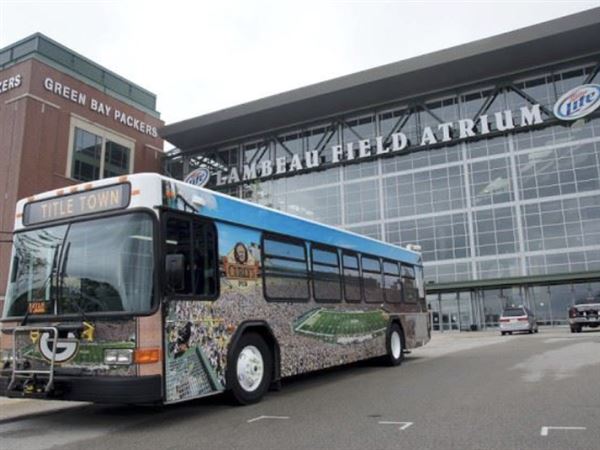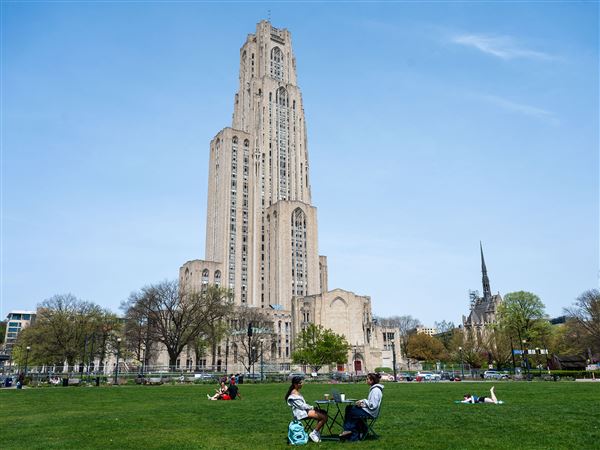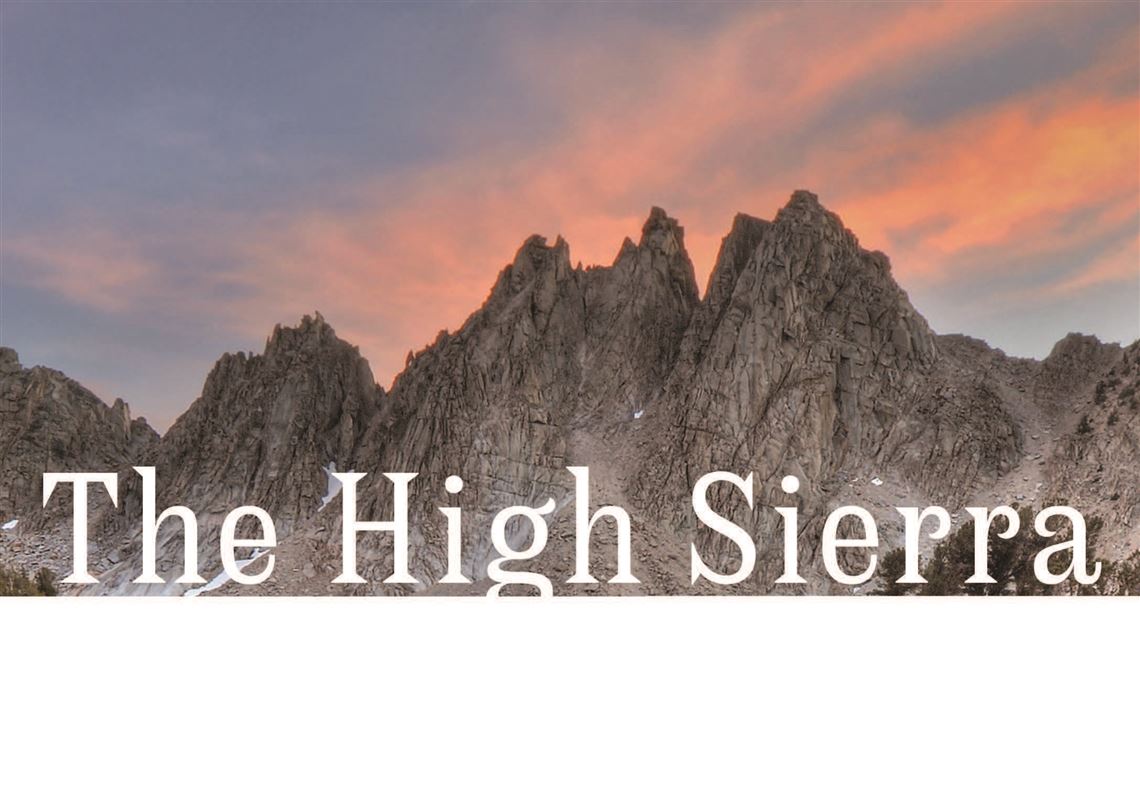“THE HIGH SIERRA: A LOVE STORY”
By Kim Stanley Robinson
Little, Brown ($40)
I ached all over—metaphorically—when I finished Kim Stanley Robinson’s love letter to the Sierra Nevada, the northern California mountain range. I felt as if I had traveled with him and his friends on their visits to territory that Robinson calls “the best mountain range on Earth, if backpacking is the game you want to play.”
It’s not that reading “The High Sierra: A Love Story” is as tiring as the activity Robinson and his fellow backpackers engage in, as often as they can. “The High Sierra” contains more than you need to know to prepare for such an unusual and spiritual experience. Written under the cloud of climate change, Robinson’s book is a trek unto itself, dotted with scenes so precisely described you feel you’re there:
“I was by a Sierra pond one summer night when I was kept awake by an all-night chorus of frogs, and made the discovery that they—this group anyway—were croaking in call-and-response mode,” Robinson writes. “… On they went through the night, changing the word they were singing together, and always managing in their group effort to achieve something like the rhythmic flow of Steve Reich’s Music for 18 Musicians.”
Exploring the High Sierra takes curiosity, endurance, patience, fearlessness and the best gear you can buy. If you can make that gear yourself, as Robinson’s hiking soulmate Terri Baier did, all the better. The High Sierra, a small, singularly concentrated part of a range that stretches 400 miles, encourages the self-sufficient. The High Sierra also is balm for the soul, as Robinson shows in his writing about Baier, his most vexing and challenged friend.
Robinson’s ambitious book blends nature writing, memoir, history and philosophy in chapters about geology, influences like John Muir, various aspects of the terrain including basins and canyons, and the names of different parts of the place.
He calls his extravagant effort to preserve and celebrate this wild place an exercise in “psychogeology,” a neologism suggesting a field of knowledge that examines the effects geology has on the mind.
The book gives new dimension to the term “immersive.” A writer equally at home in the terrestrial outdoors and the outer space he depicts in his works of science fiction, Robinson, this very Californian man, has written a book dominated by mountains, canyons, moraines, plinths; the vocabulary has its own mass. But this also is a work in which Robinson celebrates his companions and early visitors and scholars who blazed trails and had mountains named after them. He would like more mountains named after Indigenous people, women like Willa Cather and Edith Wharton, and pioneering environmentalists like Henry David Thoreau.
Not only does Robinson communicate the wonder of the High Sierra, he makes a compelling argument for preserving places like it and the Swiss Alps, another, very different range he also has backpacked.
“The vast stretch of the Sierra as a single habitat corridor, where humans are visitors only, and the local animals are left to live in peace, is now more precious than it’s ever been,” Robinson writes “In fact the whole idea of wilderness has been transformed and redeemed by the necessity of making adequate living room for these fellow citizens of ours.”
Yet visiting the High Sierra is essential fodder for Robinson’s soul, as this description of a site in which he and a friend seem stuck: “The boulders had rested in place forever, and were covered with that kind of black lichen that gets extremely slippery when wet, like thousands of tiny flat lobes of slick black plastic.”
Travel light. Watch your step. Look at the glaciers before they’re gone.
Carlo Wolff is a freelance writer from Cleveland.
First Published: July 31, 2022, 4:00 a.m.
















